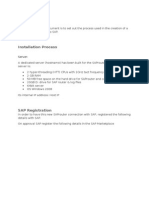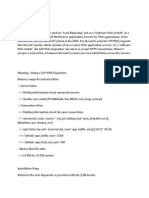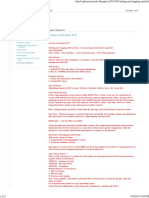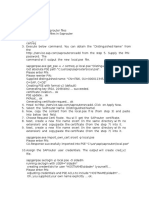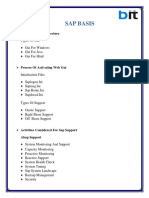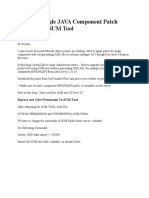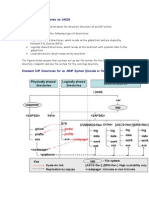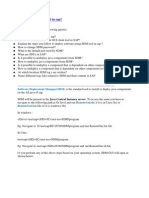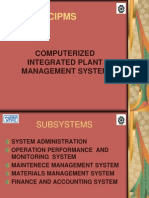0% found this document useful (0 votes)
221 views8 pagesCreate SAP Router
This document provides installation instructions for an SAP router in 14 steps. It includes pre-requisite information like host name, IP addresses, user accounts and passwords. The steps cover downloading files, setting environment variables, generating certificates, creating user credentials, installing the router service, and configuring SAP systems to use the router. Commands are provided to start, stop, and check the status of the router once installed.
Uploaded by
barun581Copyright
© © All Rights Reserved
We take content rights seriously. If you suspect this is your content, claim it here.
Available Formats
Download as DOCX, PDF, TXT or read online on Scribd
0% found this document useful (0 votes)
221 views8 pagesCreate SAP Router
This document provides installation instructions for an SAP router in 14 steps. It includes pre-requisite information like host name, IP addresses, user accounts and passwords. The steps cover downloading files, setting environment variables, generating certificates, creating user credentials, installing the router service, and configuring SAP systems to use the router. Commands are provided to start, stop, and check the status of the router once installed.
Uploaded by
barun581Copyright
© © All Rights Reserved
We take content rights seriously. If you suspect this is your content, claim it here.
Available Formats
Download as DOCX, PDF, TXT or read online on Scribd
/ 8



